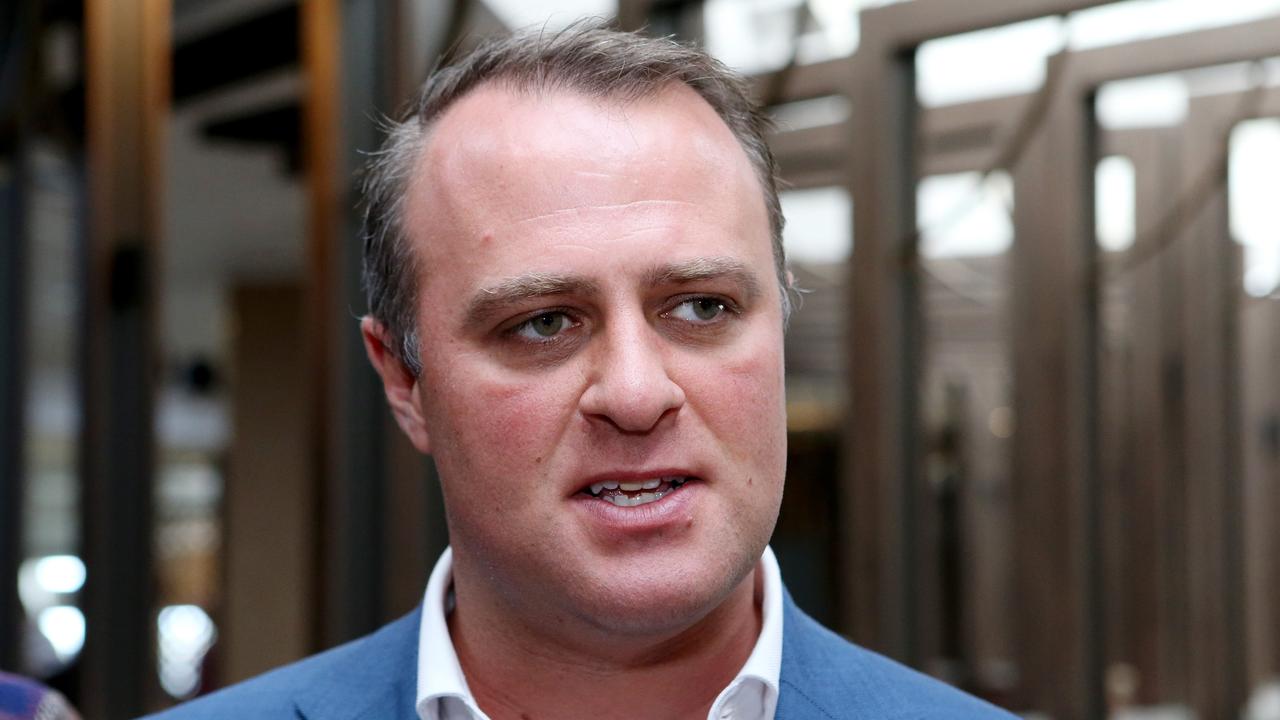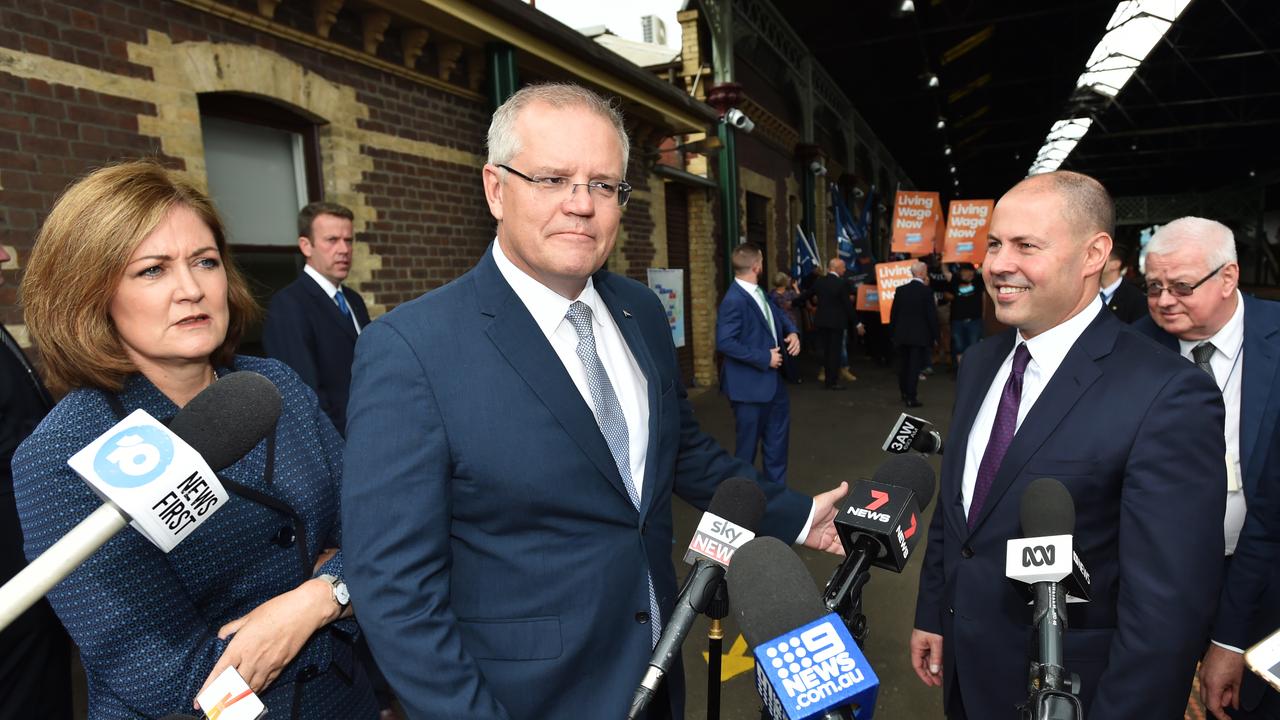Treasury ‘overstated’ cost of planned tax cuts
The cost of the government’s planned income tax cuts has been significantly overstated, according to new analysis.

The cost of the government’s planned income tax cuts has been significantly overstated because the Treasury has assumed they won’t drive behavioural change among taxpayers, according to analysis that would slash by half the real cost of the Coalition’s seven-year tax plan.
Slamming the Treasury’s $144 billion costing as “wrong by a large margin”, John Humphreys, a director of the Australian Taxpayers Alliance, said the cost of the plan was closer to $78bn over the decade to 2028, around half the government’s estimate.
“That’s based on mainstream tax ‘elasticities’, which are a catch-all for how tax changes affect the tax base, revenue and growth,” he said.
In news that should please the government, other experts agreed. “If you allow for behaviour responses the revenue cost would fall for a tax cut because less income tax on wages means higher take-home pay from work, which induces some people to enter the workforce and some to increase their hours,” said Melbourne University tax expert John Freebairn.
International evidence shows a 1 percentage point tax cut lifts taxable income by between 0.4 and 0.7 per cent, where the response is greatest among high earners, who have most scope to avoid tax.
Labor has attacked the cost of the government’s tax plan, which also includes new and middle-income tax offsets and increasing the $87,000 tax threshold to $90,000 — expected to reduce revenue by $13.4bn over the next four years. Its third, and more controversial, leg — abolishing the second highest tax bracket and lifting the start of the top tax bracket to $200,000 — would cost $3.5bn rather than the $41.6bn estimated by the government, Dr Humphreys said.

“It is likely that our top marginal tax rate raises little or no revenue; and the only reason we have it is the political benefit of punishing successful people,” he added, noting the Abbott government’s 2 percentage-point deficit levy “didn’t raise, and probably resulted in less, revenue”.
“Taxable income for people in the top tax bracket was rising about 12 per cent a year before the change, then it dropped sharply down to 5 per cent after the change,” Dr Humphreys, also a University of Queensland economist, said. In 2012 the British Cameron government reversed a 2010 decision to increase the top marginal income tax rate from 40 per cent to 50 per cent, finding it had raised only 17 per cent of the extra forecast revenue. The UK Treasury concluded the extra tax from the higher top rate was “much lower than originally forecast” and “quite possibly negative”.
“There will be labour supply responses and they will mitigate the so-called ‘cost’ through additional tax collections,” UNSW economics professor Richard Holden said.
In a tax alliance submission to the Senate economics committee, Dr Humphreys also slammed the “unnecessary, inefficient, pointless and largely unnoticed” complexity of the income tax scales, which created eight different rates, once offsets and the Medicare levy were included. He advocated simpler scales, and indexed tax thresholds to “prevent dishonesty and distortionary bracket creep”.
In a separate submission to the committee, PwC said the government’s tax plan provided “much-needed relief from the pressures of bracket creep”.
It found the government’s tax plan would leave the share of tax paid by the top fifth of taxpayers unchanged at 60 per cent. The effective tax rate paid by the top fifth would remain at 35 per cent, while the bottom fifth of earners would face an average tax rate of 3 per cent.




To join the conversation, please log in. Don't have an account? Register
Join the conversation, you are commenting as Logout